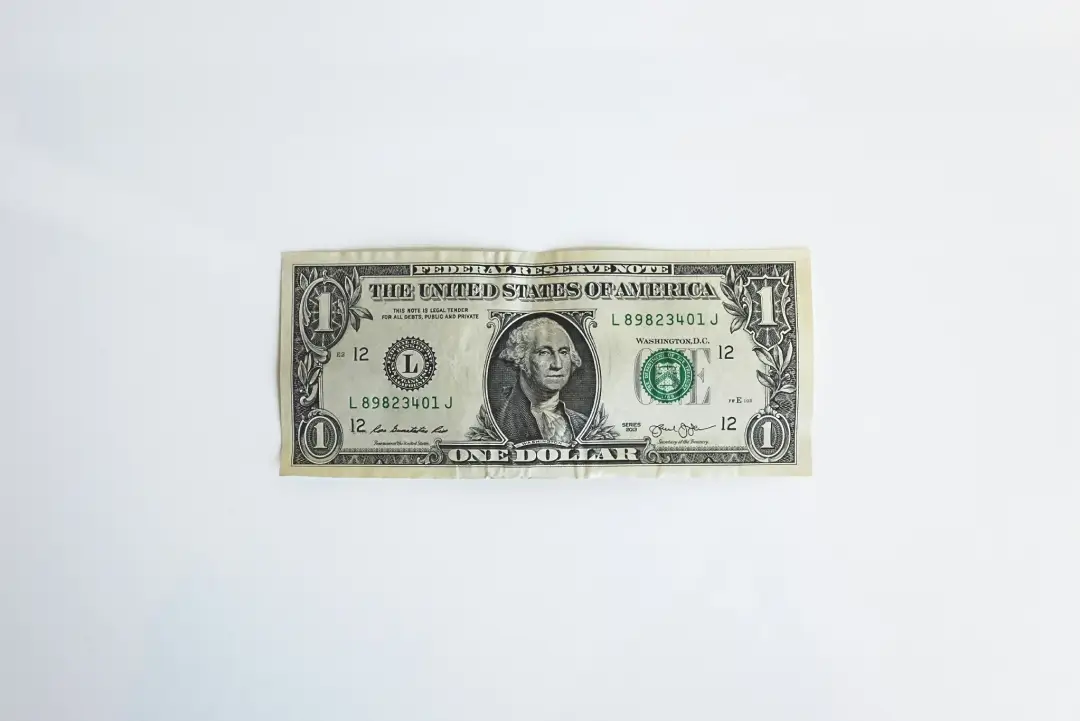Harnessing solar energy has never been more accessible, especially with programs like the $0 down solar initiative. Through photovoltaic (PV) panels, solar energy is transformed into electricity, empowering households across the globe. Let’s delve into why solar power is gaining popularity and how the $0 down solar program makes it even more attainable.
The $0 down solar program offers potential solar users a way to embrace solar power without initial financial burdens, distributing costs into feasible monthly installments.
Essentially, homeowners transition from paying monthly utility bills to monthly solar system payments. As the system’s cost is settled over time, monthly expenses decrease, eventually becoming negligible. This investment not only promises financial benefits but also makes a lasting positive environmental impact.
Solar installations are undoubtedly a long-term investment, but can yield significant returns. Quality solar panels can function for 25-30 years, with a payback period often under four years.
[su_box title=”RELATED:” box_color=”#4AC1E0″ title_color=”#000000″]Solar Installation in Bend, Oregon: Incentives and Installers
[/su_box]
The Dynamics of the $0 Down Solar Program
This program simplifies the solar installation process through a structured approach:
- Review Your Electric Bill: Share your electricity bill with Purelight Power, helping assess your home’s energy demands.
- Proposal Examination: This involves understanding your home’s design and determining solar installation costs, ensuring all your queries are addressed.
- Qualification Process: This step secures bank approval for the $0 Down Solar Program.
- Site Survey: A professional assesses your home, noting vital measurements for optimal solar installation.
- Engineering & Permitting: Approvals from local authorities and utilities are obtained to ensure smooth installation.
- Installation: A proficient team installs the solar panels, typically within a day.
- System Inspection: A thorough check by local officials and the utility company.
- Initiating Energy Production: With all necessary approvals, your home begins harnessing solar energy.
Choosing the Right Financing Option
The $0 down solar program offers various financing routes, such as power purchase agreements (PPA), solar leases, and solar loans. Evaluate each option to determine which aligns best with your needs.
Power Purchasing Agreements (PPA):
With PPA, you buy power your system generates at a predetermined rate, often 20-30% less than standard electricity rates.With a PPA, you do not own the solar system. Instead, you are essentially leasing the system’s electricity generation capacity from a third party. This means you miss out on the potential tax benefits and incentives that come with solar system ownership, such as federal tax credits and state rebates. Traditional solar loans, on the other hand, allow you to claim these incentives, reducing the overall cost of your solar installation.
Solar Leases:
Here, you pay a fixed monthly rent based on predicted energy production. The leasing company retains system ownership and benefits from associated incentives. When you opt for a solar lease, you are essentially renting the solar system, and the leasing company retains ownership. As a result, you do not benefit from the ownership advantages that come with traditional solar loans, such as tax credits and incentives.
Solar Loans
This option lets you own the solar system. All incentives and tax breaks apply directly to you.
The Impact of the $0 Down Solar Program
This program is propelling a surge in solar adoption in the US. By offering homeowners an affordable path to solar energy, installations have soared from 2.9 gigawatts in 2020 to 3.9 gigawatts in 2021.
Incentives from the US Government, like the 30% Solar Federal Tax Credit, further promote this shift.
Combining a $0 down program with other solar incentives can significantly enhance the affordability of installing a solar energy system. Here’s a breakdown of how this combination can work:
1. $0 Down Program:
A $0 down program, also known as a solar financing or solar lease/PPA (Power Purchase Agreement), allows homeowners and businesses to install solar panels without making an upfront payment. Instead, you pay for the solar system over time through monthly lease or PPA payments. Here’s how this program works:
- Installation: The solar provider installs the solar panels on your property at no upfront cost. They retain ownership of the system.
- Monthly Payments: You make fixed monthly payments to the solar provider for the electricity generated by the solar panels. These payments are typically lower than your current utility bills, providing immediate savings.
- System Maintenance: The solar provider is responsible for system maintenance and repairs, relieving you of maintenance costs and responsibilities.
Now, let’s explore how combining this $0 down program with other solar incentives can make solar even more affordable:
See if you qualify for the $0 Down Solar Program
2. Federal Tax Credits:
One of the most significant incentives for solar installation in the United States is the federal Investment Tax Credit (ITC). Here’s how it works:
- Tax Credit: The ITC allows you to claim a tax credit equal to a percentage of the total cost of your solar system. As of my last knowledge update in 2022, the ITC provides a 26% credit for solar installations. This credit directly reduces your federal income tax liability.
- Combining with $0 Down Program: When you combine the ITC with a $0 down program, you can apply the tax credit to reduce the overall cost of your solar system. This effectively lowers your lease or PPA payments, increasing your monthly savings.
3. State and Local Incentives:
Many states and local governments offer additional incentives and rebates to encourage solar adoption. These incentives vary by location but can include:
- State Tax Credits: Some states offer their own tax credits for solar installations. These credits can further reduce your tax liability.
- Rebates: Rebate programs may provide cash incentives based on the size of your solar installation or energy production. These rebates can be applied to offset your $0 down program payments.
- Performance-Based Incentives: Some regions offer performance-based incentives, where you receive payments based on the energy your solar system generates. These payments can supplement your savings from the $0 down program.
Net Metering:
Net metering is a billing arrangement that allows you to receive credit for excess solar energy your system generates and feeds back into the grid. Here’s how it works:
- Energy Credits: When your solar panels produce more electricity than your home or business consumes, the excess energy is sent back to the grid. You receive credits on your utility bill for this surplus energy.
- Reduced Utility Bills: These energy credits effectively reduce your utility bills, increasing your overall savings. With a $0 down program, you can realize immediate financial benefits from net metering.
Solar Renewable Energy Credits (SRECs):
In some states, you can earn Solar Renewable Energy Credits (SRECs) for every megawatt-hour of solar electricity your system generates. These credits can be sold on the open market to utilities and other entities looking to meet renewable energy targets. SREC income can further offset your $0 down program payments and increase your return on investment.
$0 down solar programs offer homeowners an accessible and cost-effective path to harnessing clean, renewable energy without the need for substantial upfront investments. These programs, often structured as solar leases or Power Purchase Agreements (PPAs), allow homeowners to make fixed monthly payments, typically lower than their current utility bills, while the solar provider retains ownership of the system and manages maintenance. Qualifying for these programs is relatively straightforward, requiring considerations such as credit score, location, and roof condition. The impact of $0 down solar on the industry has been profound, leading to increased adoption, market growth, environmental benefits, job creation, and technological advancements. As the solar industry continues to thrive, embracing $0 down solar represents a smart and eco-conscious choice for homeowners, offering both financial savings and a positive contribution to a sustainable future.
Ready to harness the power of the sun? Connect with Purelight Power. With a track record of over 8000 installations since 2017, we’re dedicated to illuminating the future with solar energy.
[su_box title=”MORE:” box_color=”#4AC1E0″ title_color=”#000000″]Solar 101: Do Solar Panels Work in Winter?[/su_box]





